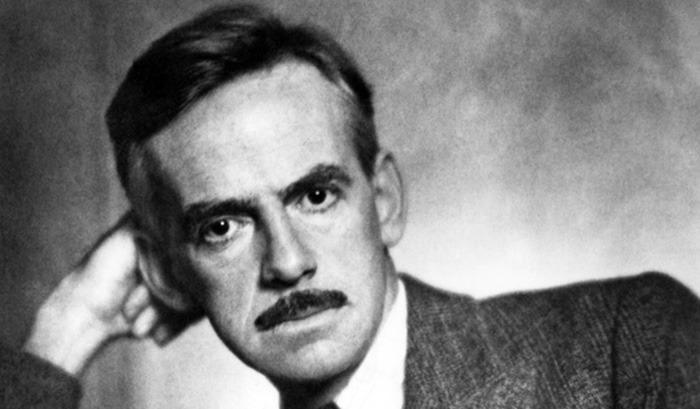[img]7|left|||no_popup[/img] The impulse to humanize animals is understandable, but just as “anthropomorphizing” is such an awkward, clumsy word, humanizing non-human animals is an awkward, clumsy habit of mind. Jamie Uys of “The Gods Must Be Crazy” film titled his classic 1974 documentary of Southern African wildlife – “Animals Are Beautiful People” – as a hint to the parallels between animal and human behaviours. A classic scene: Elephants and baboons gorging themselves on the fermented fruit of the Marula tree, stumbling around drunk, and paying the same price we humans do after a night of hitting the bottle too hard. But the comparisons achieve more than comic effect. We see in the animals of the desert a kindred spirit based on survival, caring for family and self, and so on. But for all that, “Animals Are Beautiful People” remains a portrait of the animals. In “Earth,” however, the filmmakers go beyond modest parallels to over-stuffing the animal experience into a human narrative, an effort that becomes as trite and cheaply sentimental as referring to a male polar bear, no father in human terms, as “papa.”
The photography is phenomenal, of course – vivid, colourful, in-your-face imagery (including astonishing time-lapse sequences) like a National Geographic magazine on performance-enhancing drugs. With subjects spanning species from polar bears, lions, humpback whales and elephants to strikingly unusual birds of paradise, the camera has a menagerie of wonders to film. Footage can be startling and dramatic; a pride of lions preying on vulnerable elephants, the mating ritual of extravagantly feathered birds, fuzzy-cute ducklings taking their first “flight” out of the nest. It also can be rather grim, as many struggles for survival tend to be, leading to a bit more levity along the lines of Jamie Uys.
Tension Between Purpose and Mission
But forget about lingering on scenes of natural beauty; quick editing doesn’t often allow for much study, a consequence, perhaps, of cramming re-edited footage from the original BBC-produced television series “Planet Earth” into the running time of a feature film. Curiously, descriptions of the film make it out to be an advocacy film on the subject of climate change, yet global warming doesn’t feature prominently other than the odd piece of narration here and there. This highlights, in a sense, how the film struggles with both message and purpose, a struggle not helped by narration text that keeps things a bit too simple. Still, “Earth” is worth seeing on the basis of the photography. These are snapshots of our beautiful blue, ever-vulnerable planet and its amazing diversity of life. If nothing else, the film may remind us of our increasingly tenuous connection to the environment we are an integral part of.
Entertainment Value: * (out of two)
Technical Quality: ** (out of two)
Disneynature presents a documentary written and directed by Alastair Fothergill and Mark Linfield. Narrated by James Earl Jones. 89 minutes. Rated G.
Frédérik invites you to discuss “Earth” at his blog.







